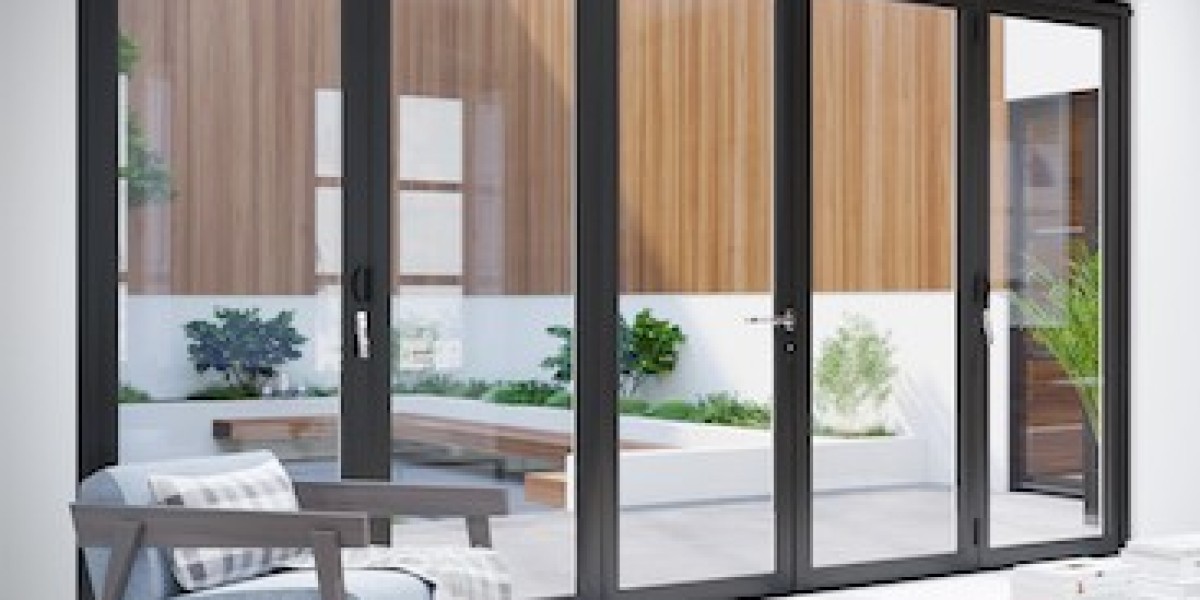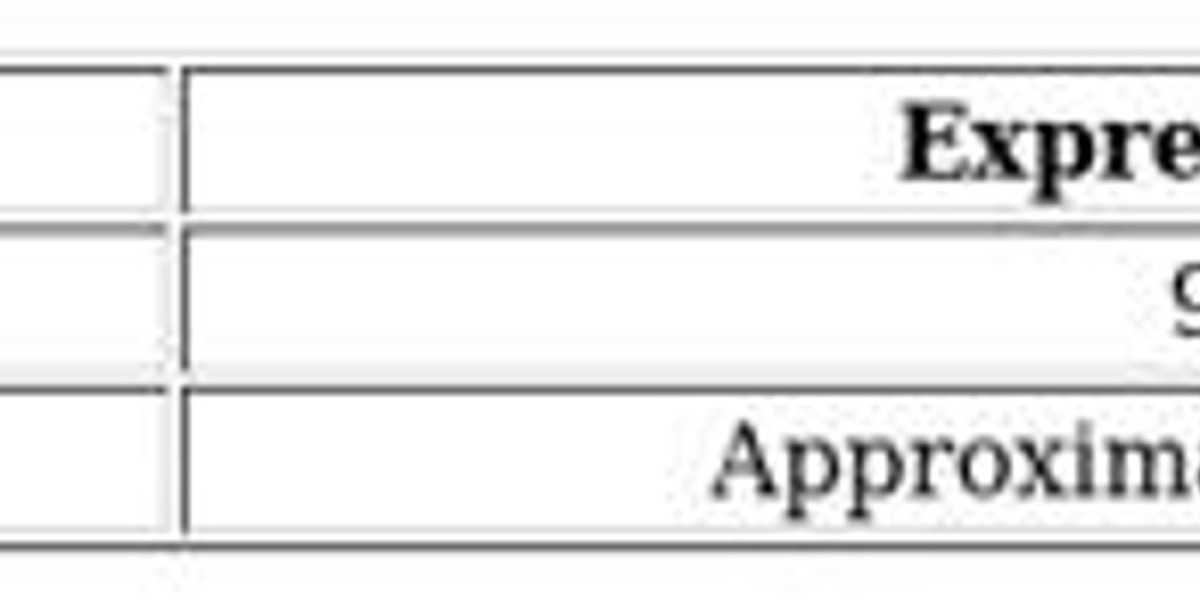
Understanding and Repairing Bifold Door Brackets: A Comprehensive Guide
Bifold doors are a flexible and space-saving option for both residential and industrial areas. They are typically utilized in closets, kitchens, and space dividers due to their ability to fold nicely and use up minimal space when open. Nevertheless, like any mechanical system, bifold doors can experience wear and tear over time, especially at the hinges and brackets. This post delves into the value of bifold door brackets, typical problems that emerge, and step-by-step directions for fixing them.

The Importance of Bifold Door Brackets
Bifold door brackets are crucial elements that support the weight of the door panels and guarantee smooth operation. These brackets are normally connected to the top and bottom of the door frame and are accountable for directing the doors as they fold and unfold. Without appropriately functioning brackets, bifold doors can become misaligned, challenging to open and close, or perhaps fall off the track.
Common Issues with Bifold Door Brackets
- Loose or Damaged Brackets: Over time, the screws that hold the brackets in place can loosen up, triggering the doors to droop or become misaligned.
- Worn-Out Hinges: The hinges within the brackets can wear, resulting in creaking sounds and lowered functionality.
- Misaligned Tracks: If the tracks are not effectively aligned, the brackets may not operate properly, causing the doors to bind or stick.
- Rust and Rust: Exposure to wetness can trigger brackets to rust, which can weaken their structural stability and lead to failure.
Tools and Materials Needed for Repair
Before you begin the repair procedure, gather the following tools and materials:
- Screwdriver (Phillips and flathead)
- Drill and drill bits
- Adjustable wrench
- Lubricating oil (such as WD-40)
- Replacement brackets (if needed)
- Sandpaper (for rust removal)
- Paint or rust-resistant covering (if needed)
Step-by-Step Guide to Repairing Bifold Door Brackets
Examine the Brackets and Tracks
- Action 1: Open the bifold door track cleaning doors completely and check the brackets and tracks for any visible damage, loose screws, or misalignment.
- Step 2: Check the hinges within the brackets for wear and tear. Look for signs of rust, creaking, or stiffness.
Tighten Up Loose Screws
- Step 1: Use a screwdriver to tighten up all screws on the brackets. Start from the top brackets and work your way down to the bottom.
- Action 2: If any screws are removed or harmed, remove them and utilize a drill to develop brand-new holes. Replace the screws with brand-new ones.
Lube the Hinges
- Action 1: Apply a few drops of lubricating oil to the hinges within the brackets. Move the doors backward and forward to distribute the oil evenly.
- Action 2: Wipe away any excess oil with a tidy cloth to prevent it from dripping onto the floor or other surfaces.
Line up the Tracks
- Step 1: If the tracks are misaligned, use an adjustable wrench to loosen up the screws that hold the track in place.
- Action 2: Gently adjust the track to ensure it is level and straight. Retighten the screws to secure the track in its new position.
Replace Damaged Brackets
- Action 1: If any brackets are harmed beyond repair, eliminate them by unscrewing the screws that hold them in place.
- Action 2: Install the new brackets in the exact same position, guaranteeing they are securely secured with new screws.
Eliminate Rust and Apply Protective Coating
- Action 1: Use sandpaper to get rid of any rust from the brackets and tracks. Sand till the surface area is smooth and devoid of rust.
- Step 2: Apply a rust-resistant coating or paint to the brackets and tracks to avoid future rust.
Evaluate the Doors
- Step 1: Once all repairs are total, test the bifold Door damage control doors by opening and closing them numerous times. Guarantee they move smoothly and are effectively lined up.
- Step 2: Make any last modifications as needed to ensure optimum efficiency.
Frequently asked questions
Q: how to repair bifold door typically should I examine and preserve my bifold door track cleaning door brackets?A: It is recommended to check and maintain your bifold door track lubrication door brackets at least when a year. However, if you see any indications of wear or breakdown, it is best to resolve the concern instantly to avoid further damage.
Q: Can I lubricate the hinges with any kind of oil?A: While any kind of oil can supply some lubrication, it is best to utilize a premium lubricating oil such as WD-40. This type of oil is particularly developed to minimize friction and prevent rust, making it perfect for bifold door hinges.
Q: What should I do if the tracks are bent or damaged?A: If the tracks are bent or harmed, it may be needed to replace them. Seek advice from the producer's guidelines or a professional for guidance on how to replace the tracks.
Q: Can I paint over rust on the brackets?A: It is not suggested to paint over rust. Rust can continue to spread under the paint, leading to further damage. Always remove rust with sandpaper before using a protective coating or paint.
Q: Are there any preventive steps I can take to extend the life of my bifold door brackets?A: Yes, regular upkeep is crucial. Keep the brackets and tracks tidy and without particles. Oil the hinges regularly, and check for loose screws or indications of wear. Address any concerns promptly to avoid more serious problems.
Bifold door brackets are vital for the smooth operation and longevity of your bifold doors. By understanding common problems and following the actions outlined in this guide, you can effectively repair and preserve your bifold door brackets. Routine upkeep and timely attention to any signs of wear will guarantee that your bifold doors continue to function correctly for years to come.








